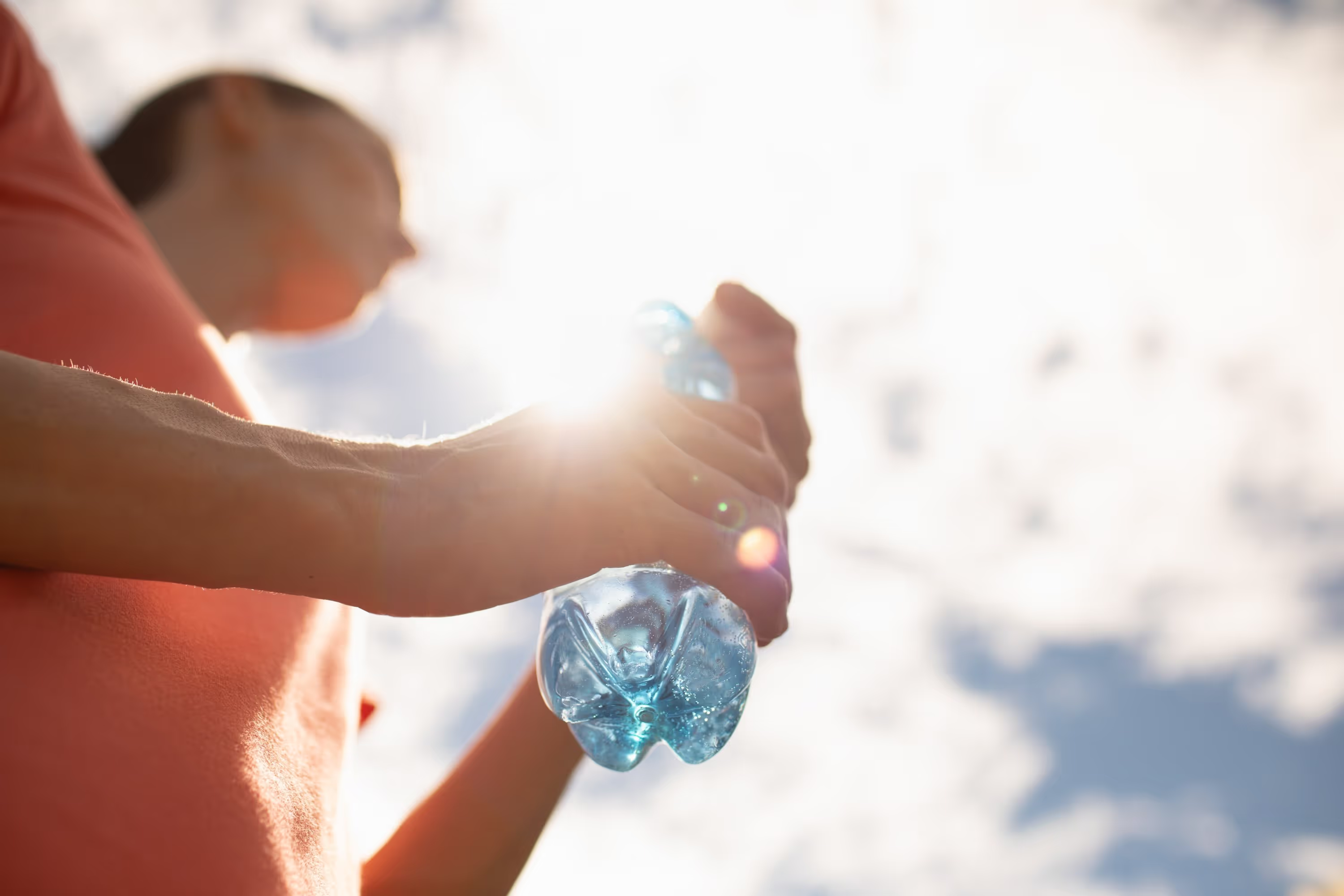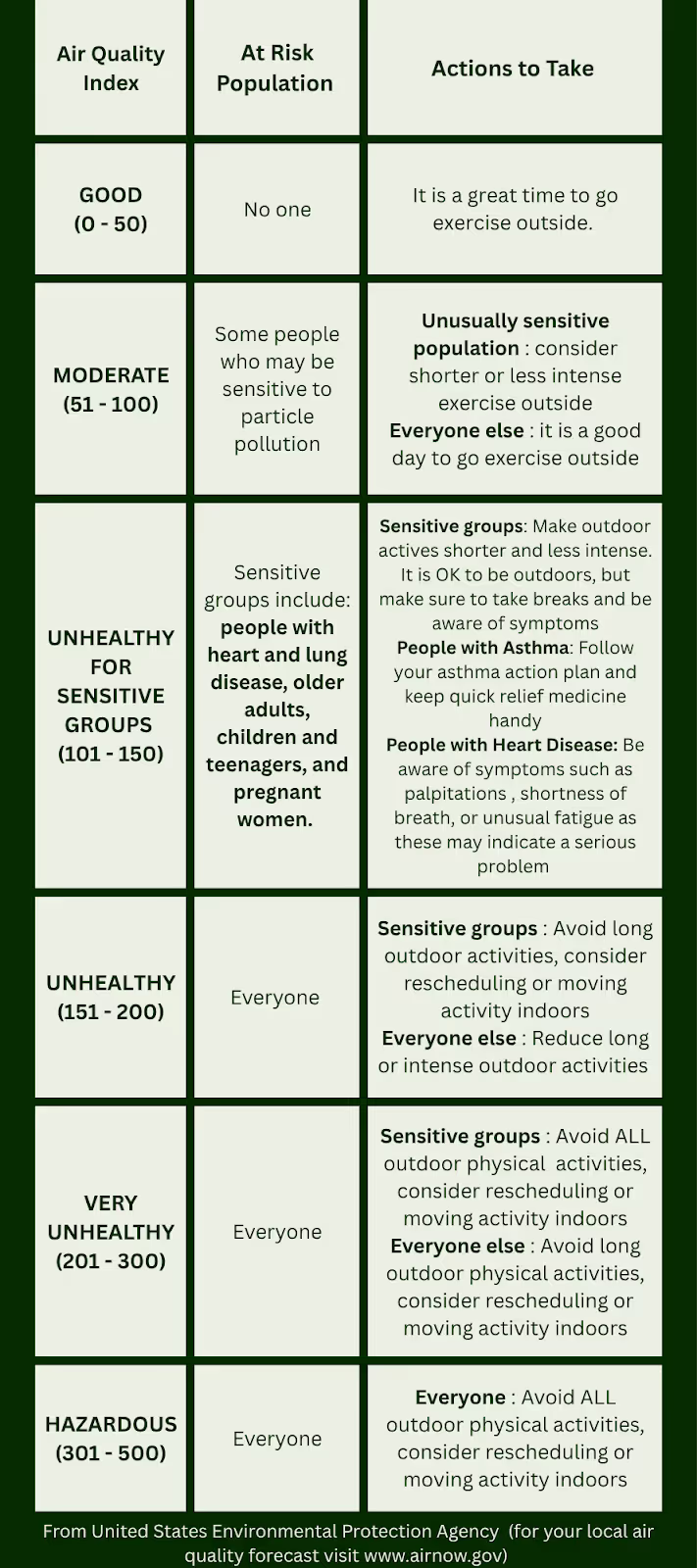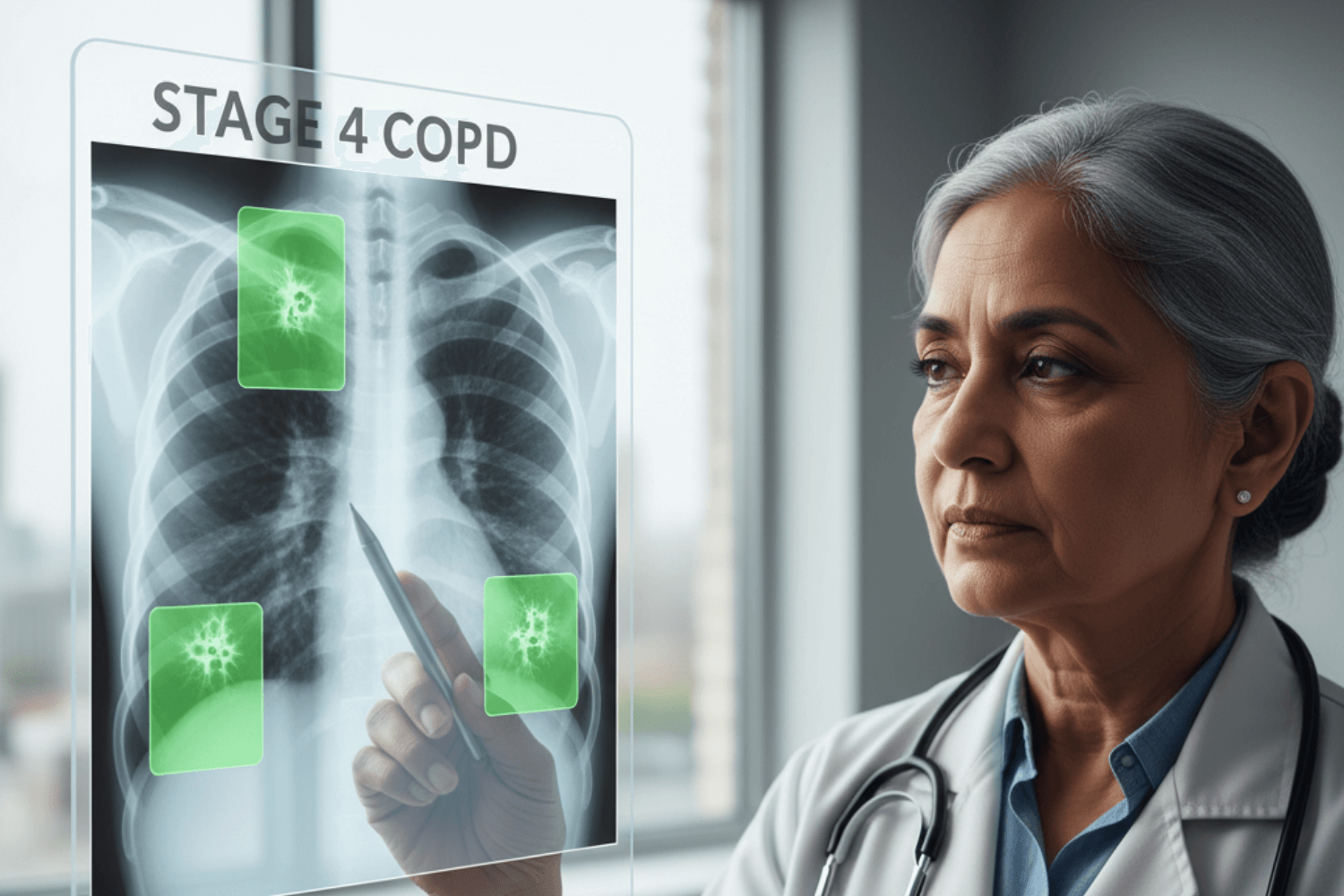
What's the big deal
It has been said that “the greatest stress ever imposed on the cardiovascular system (excluding hemorrhage) is the combination of exercise and hyperthermia … together these stressors can be life threatening” (Rowell 1986) . This is because the body is fighting two battles at once, the heat from the environment and the heat being produced by muscle metabolism. One at a time, the body can easily overcome these obstacles through heat dissipation and the evaporative cooling that is the result of sweat evaporating into the environment . However, when combined the two overwhelm the body's ability to properly cool. This issue becomes greater as we age due to the increase in “thermal strain in older adults during physical activity in the heat, and that this is likely due to age-related impairments in whole-body sweating capacity” (Larose 2013). As we age, our ability to effectively cool using sweat decreases due to lack of whole body sweating capacity. This is why preparing for exercise in the heat can be life saving.
What to do before you exercise
The most important time to hydrate is before you exercise. We have all heard the saying “you can’t pour from an empty cup”. In this case, you need to fill the “cup” (your body) with water before you can “pour” (sweat) into a good workout. The American College of Sports Medicine, ACSM, (Sawka MN, et. al 2007) tells us that “the greater the starting dehydration level, the greater the physiologic strain” and “exercise performance decrements” . If you start out the workout dehydrated, you will only continue to dehydrate throughout the workout. It is important to remember that if you have been placed on fluid restrictions for any reason , including CHF and CKD, .
Once you are hydrated and ready to workout, the next thing to consider is location, location, location. It is important to find a good place to get the most out of your exercise session. First, check the Air Quality Index, AQI. This can be found online or anywhere else you get weather updates. Below is a chart with the AQI and actions that can be taken as recommended by the United States Environmental Protection Agency. Make sure you are in good to moderate mode if you want to exercise outside. If the AQI is unhealthy or hazardous, consider an indoor workout. As the AQI goes up and out of the green zone, the level of pollutants in the environment are elevated. This can cause a COPD exacerbation or allergic flare up in at-risk populations. AQI can also be affected by traffic levels, so avoiding outdoor activities during rush hour can decrease potential exposure to pollutants. Once you have decided it is a good time to exercise outside try to find a shady spot. This can include a park with tree coverage or an outdoor pavilion. If a shady area is not available to you, try switching up the time of day you are exercising to be in the morning or later in the afternoon once it has cooled off. The hottest time of the day is 12-2PM on a sunny day, but it is always best to check the weather prior to outdoor exercise.
Finally what you wear can make or break the workout. It is best practice to dress in light layered clothing which can include a breathable shirt, light jacket, widebrimmed hat, and sunglasses. Restrictive, nonbreathable clothing can lead to overheating while natural fibers and loose woven fabrics can help you keep your cool during exercise . It is also recommended by the American Cancer Society, to wear “ broadspectrum sunscreen that has a sun protection factor (SPF) of at least 30” when going outdoors.
What to do while you exercise
Now once ready to exercise there are a few things you can do during exercise to help keep you safe. Starting with an extended low intensity warm up. This can include a short walk, dynamic stretching and even introducing a warm up set or repetition to the exercise program. While exercising in the heat it is important to LISTEN to your body. This can look like taking extra breaks in the shade or decreasing the weight for the day or even stopping early to accommodate the extra stress the heat is putting on the body.
According to ACSM the “goal of drinking during exercise is to prevent excessive dehydration and excessive changes in electrolyte balance”. This means there is not one specific recommendation of fluid intake for everyone, but it is a good idea to drink a cup of an electrolyte mix (like LiquidIV, Biosteel, Pedialyte, LMNT, gatorade, or coconut water) for every two or three cups of water. “Physical exercise can elicit high sweat rates and substantial water and electrolyte losses, particularly in warm-hot weather. If sweat water and electrolyte losses are not replaced then the individual will dehydrate during physical activity. Excessive dehydration can degrade exercise performance and increase risk of exertional heat illness” (Sawka MN, et. al 2007). When exercising in the heat, it is important to take more frequent water breaks and it is best to drink a mix of cold water and an electrolyte mix to help replace electrolytes that are being sweat out at an increased rate.
What to do after you exercise
After a workout it is important to end the session with an extended cooldown . Take the time to slowly allow the body to come back to a resting state. This can include finishing with a slower walk to allow the heart rate to come back to normal. When exercising in the heat it can take longer than normal to get the heart rate to come down so it is important to extend the cooldown . After an aerobic cooldown it is important to stretch out the muscles with a static stretching routine . Slow controlled movements that stretch all major muscle groups including: arms, back, glutes and legs , making sure to focus on muscles used in the workout. It is important to hold the stretch for 15-30 seconds and not bounce in the movement .
If given the appropriate amount of time to rehydrate there is no need to excessively drink fluids after a workout. ACSM, Sawka MN, et. al 2007, reminds us that “increased urine production accompanies the rapid consumption of large volumes of fluid . Therefore, when possible, fluids should be consumed over time (and with sufficient electrolytes) rather than being ingested in large boluses to maximize fluid retention”. The best thing after a workout in the heat is cool liquids to help with the cooldown process. “Failure to replace sweat losses between training sessions or rounds of a competition will severely impair exercise capacity and will increase the risk of heat illness” (Maughan, R., & Shirreffs, S. 2004). Without proper rehydration exercise performance will decrease and risk for injury increases. If you take your time before and after exercise in the heat, it can be a breeze .

Sources
American Cancer Society. Cancer Facts & Figures 2025. Atlanta: American Cancer Society; 2025. https://www.cancer.org/content/dam/cancer-org/research/cancer-facts-and-statistics/annual-cancer-facts-and-figures/2025/2025-cancer-facts-and-figures-acs.pdf Accessed May 30, 2025.
American College of Sports Medicine; Sawka MN, Burke LM, Eichner ER, Maughan RJ, Montain SJ, Stachenfeld NS. American College of Sports Medicine position stand. Exercise and fluid replacement. Med Sci Sports Exerc. 2007 Feb; 39(2):377-90. doi: 10.1249/mss.0b013e31802ca597. PMID: 17277604.
Larose J, Boulay P, Sigal RJ, Wright HE, Kenny GP (2013) Age-Related Decrements in Heat Dissipation during Physical Activity Occur as Early as the Age of 40. PLoS ONE 8(12): e83148. doi:10.1371/journal.pone.0083148
Maughan, R., & Shirreffs, S. (2004). Exercise in the heat: challenges and opportunities. Journal of Sports Sciences, 22(10), 917–927. https://doi.org/10.1080/02640410400005909
Rowell, L.B. Human circulation: regulation during physical stress (1986)
Thompson, W. R. (2019). Acsm's: clinical exercise physiology, 1e (pgs 679 - 698 : Chapter 17 Considerations for Exercise in Stressful Environments: Hot, Cold, Polluted, and High Altitude). Lippincott Williams & Wilkins, a Wolters Kluwer business. https://exercisescience.lwwhealthlibrary.com/book.aspx?bookid=2604§ionid=0

.png)







